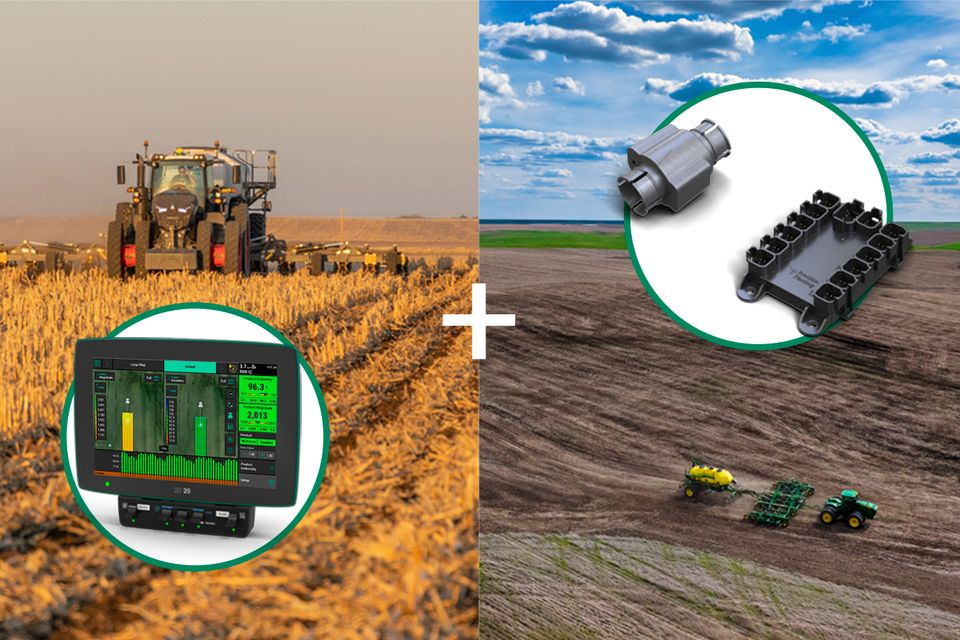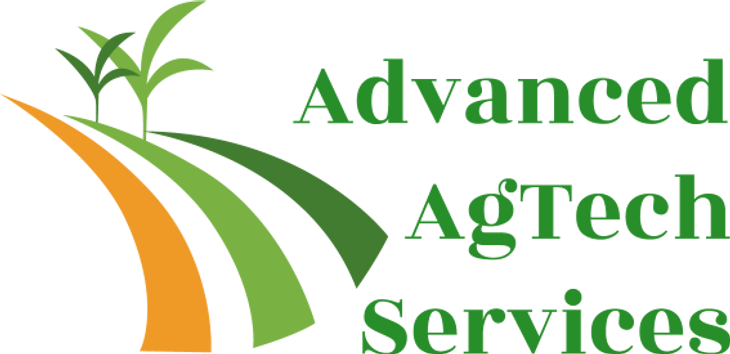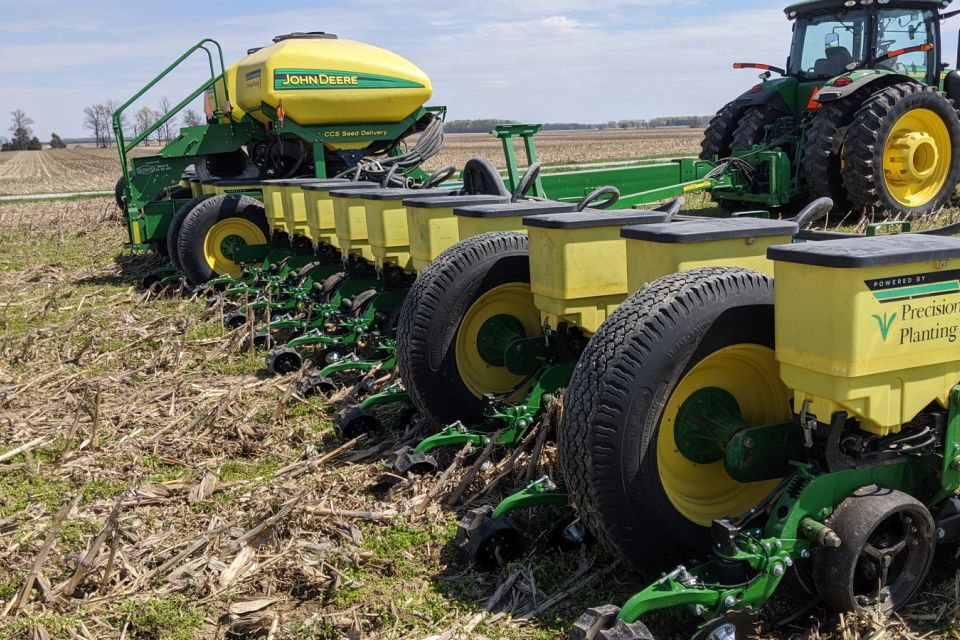
Precision Planting Launches Clarity™, an Advanced Blockage and Flow Monitoring System
Precision Planting, most known for premier planter upgrades, today launched a new product for the air seeder and fertilizer market.
The Clarity™ system, a combination of advanced flow and blockage monitoring, gives greater detail into seeding and dry fertilizer application than ever before.
"Traditional blockage monitoring systems only tell the grower that product is flowing but gives no indication on the amount of product to each run,” said Will Frank, Research and Development, Precision Planting. “Clarity provides high-definition detail at a row-by-row level, to show variation and reduction in flow on a Precision Planting 20|20 monitor.”
Improved Performance + Vivid Mapping
Clarity improves the performance of air seeders, box drills, strip-till bars and dry fertilizer applicators in real-time. The Clarity system displays vivid mapping, product magnitude, uniformity and deviation that can be seen on the Precision Planting Gen 3 20|20 monitor in the cab.
“The attention to detail sets our product apart from others,” Frank said. “The 20|20 with Clarity can catch full and partial blockages from clumps of fertilizer, rocks or other debris in the system right away, so the farmer can stop and fix the issue as it begins to happen, rather than finding it after the crop emerges."
"The 20|20 with Clarity can catch full and partial blockages from clumps of fertilizer, rocks or other debris in the system right away, so the farmer can stop and fix the issue as it begins to happen, rather than finding it after the crop emerges."
‣ Will Frank, Research and Development
Update the Equipment You Already Own
The Clarity system uses DICKEY-john® sensors that farmers potentially already have on their equipment, paired with a module to relay data to the Precision Planting Gen 3 20|20 monitor. Visualizing product flow and distribution in the cab offers peace of mind that the equipment is always running at peak performance.
The Clarity™ system, a combination of advanced flow and blockage monitoring, gives greater detail into seeding and dry fertilizer application than ever before.
"Traditional blockage monitoring systems only tell the grower that product is flowing but gives no indication on the amount of product to each run,” said Will Frank, Research and Development, Precision Planting. “Clarity provides high-definition detail at a row-by-row level, to show variation and reduction in flow on a Precision Planting 20|20 monitor.”
Improved Performance + Vivid Mapping
Clarity improves the performance of air seeders, box drills, strip-till bars and dry fertilizer applicators in real-time. The Clarity system displays vivid mapping, product magnitude, uniformity and deviation that can be seen on the Precision Planting Gen 3 20|20 monitor in the cab.
“The attention to detail sets our product apart from others,” Frank said. “The 20|20 with Clarity can catch full and partial blockages from clumps of fertilizer, rocks or other debris in the system right away, so the farmer can stop and fix the issue as it begins to happen, rather than finding it after the crop emerges."
"The 20|20 with Clarity can catch full and partial blockages from clumps of fertilizer, rocks or other debris in the system right away, so the farmer can stop and fix the issue as it begins to happen, rather than finding it after the crop emerges."
‣ Will Frank, Research and Development
Update the Equipment You Already Own
The Clarity system uses DICKEY-john® sensors that farmers potentially already have on their equipment, paired with a module to relay data to the Precision Planting Gen 3 20|20 monitor. Visualizing product flow and distribution in the cab offers peace of mind that the equipment is always running at peak performance.



